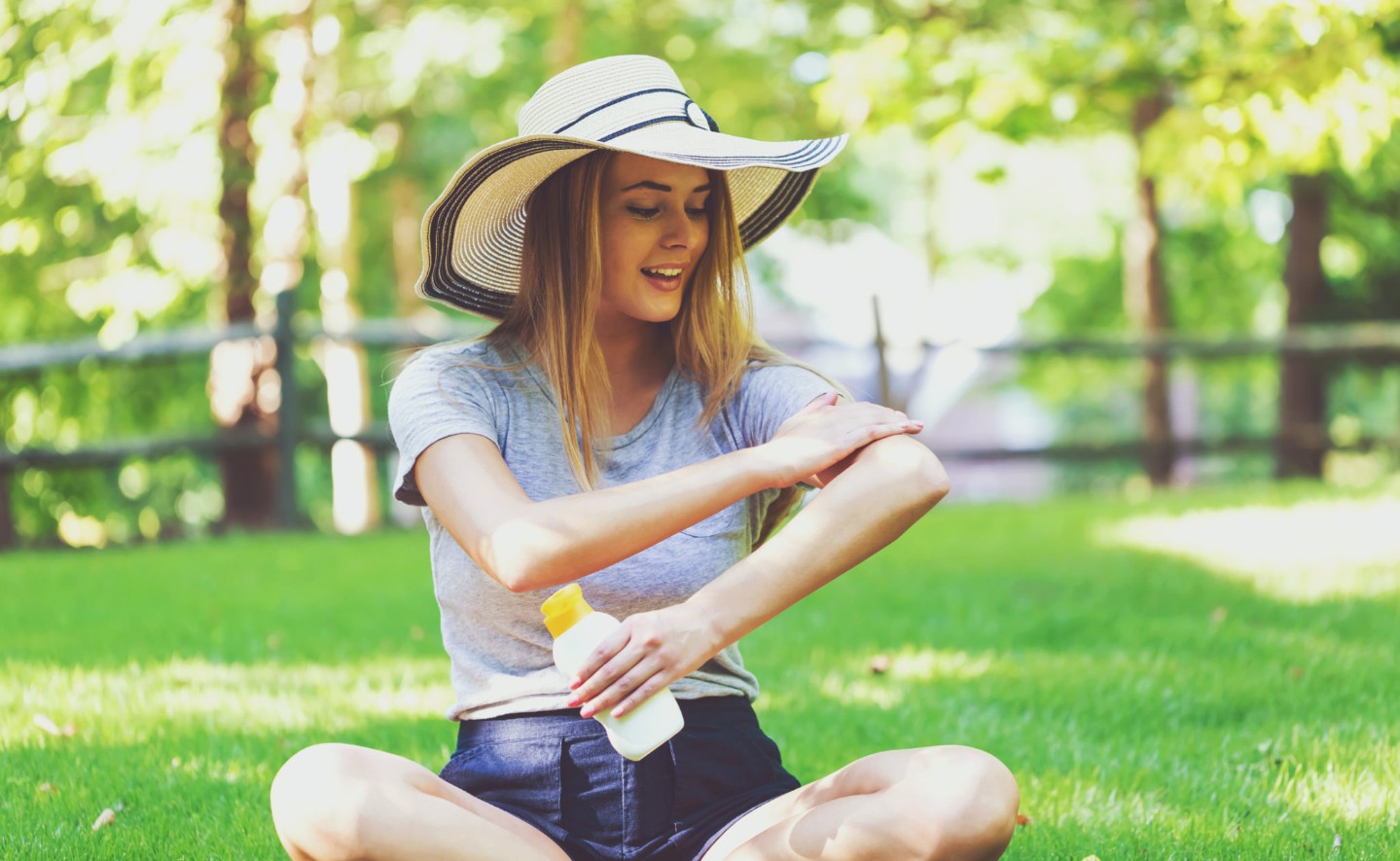Helpful Tips for Successful Recovery From Prostate Surgery
JUL 17, 2024Patients benefit from being prepared in advance of prostate surgery so that bowel, bladder, and erectile functions return to normal as quickly as possible.
Read More
May is Skin Cancer Awareness Month and excessive exposure to the sun is the leading cause of skin cancer. Tanning can accumulate skin damage, accelerate the aging process and increase your risk for all types of skin cancer. Malignant melanoma is increasing more rapidly than any other cancer with one person dying from melanoma every hour in the United States. To help ensure any potential skin cancers are caught early, check your body thoroughly once a month, looking for any new growths or skin changes.
When out in the sun, wear protective clothing such as a side-brimmed hat, sunglasses and a long sleeved shirt and pants. Tightly woven, loose fitting clothing is best. Apply sunscreen at least 15 to 30 minutes before going outside and reapply every one to two hours. Reapply more often if you are perspiring heavily or swimming. Use higher SPF on areas like your nose, your ears, the tops of your feet, and your shoulders.
The most important skin cancer warning sign is a new or changing skin growth. This could be a new growth or spot, or a change in the size, shape or color of a mole. Changes to be aware of are:
Tanning beds are also damaging to your skin. The amount of time it takes to burn in a tanning bed varies depending on how long the bulbs have been in use. Indoor tanning before age 30 increases your risk of melanoma by 76 percent. People who use tanning beds are 2.5 times more likely to develop squamous cell carcinoma and 1.5 times more likely to develop basal cell carcinoma, both forms of skin cancer. Your skin remembers EACH tanning session. Tanning beds are far more intense that natural sun exposure, averaging double the UVB and four times the UVA. High intensity units can have 12-14 times UVA. There is no such thing as a “SAFE TAN.” Any color the skin develops is a direct result of DNA damage to the skin cells. This DNA damage accumulates and increases the risk of skin cancer.
If you notice any irregularities in skin growths or moles, make an appointment with a primary care provider or dermatologist to have your skin checked.

Patients benefit from being prepared in advance of prostate surgery so that bowel, bladder, and erectile functions return to normal as quickly as possible.
Read More
Keep in mind it’s the damage you do to your skin starting at a young age that ultimately leads to skin cancers – and wrinkles – later in life. So take care today for healthier skin in the years ahead.
Read More
Mental health conditions can be exacerbated by the psychological stress of a cancer diagnosis, physical symptoms, and fear of cancer progression or recurrence. Our therapist offers tips for maintaining good mental health.
Read MoreWhen you need local health information from a trusted source, turn to the CHI Health Better You eNewsletter.